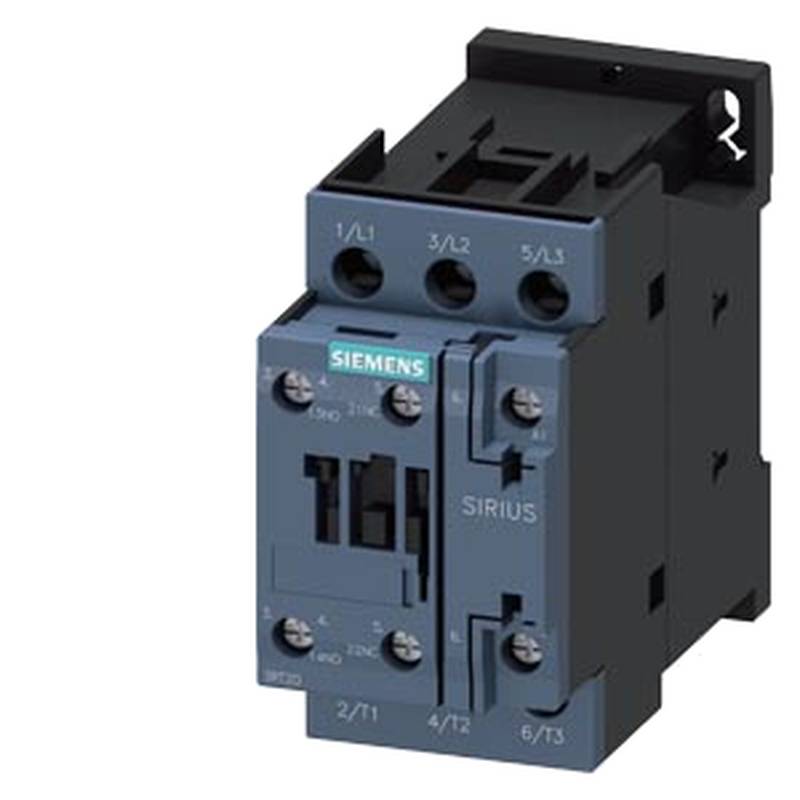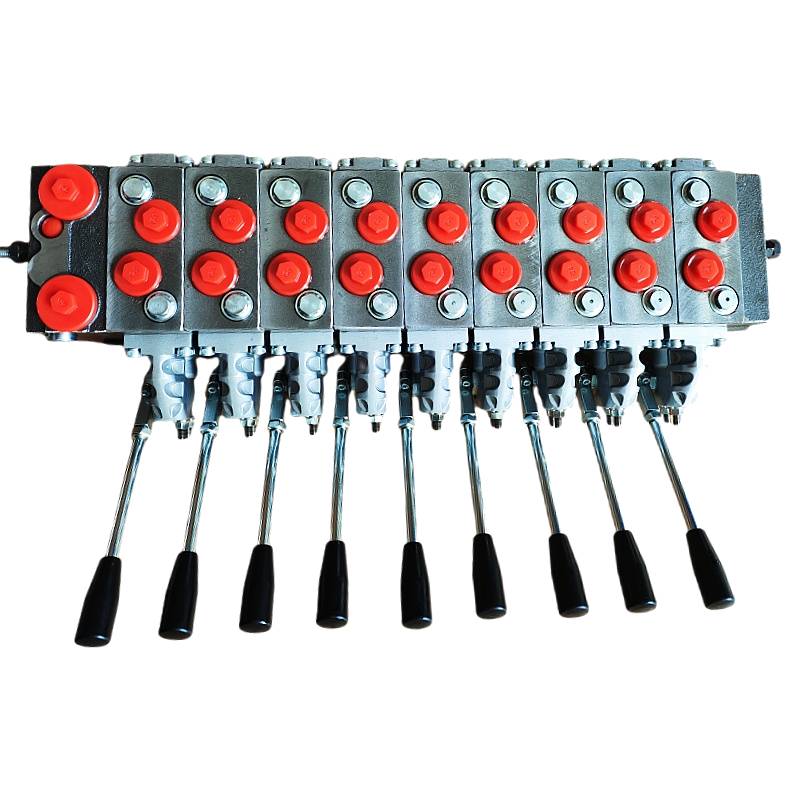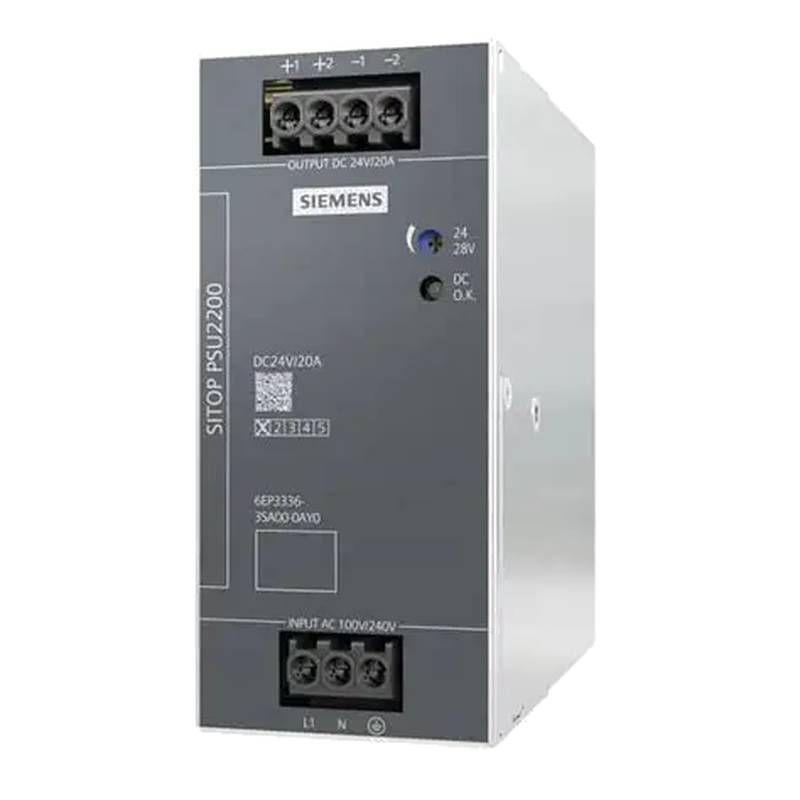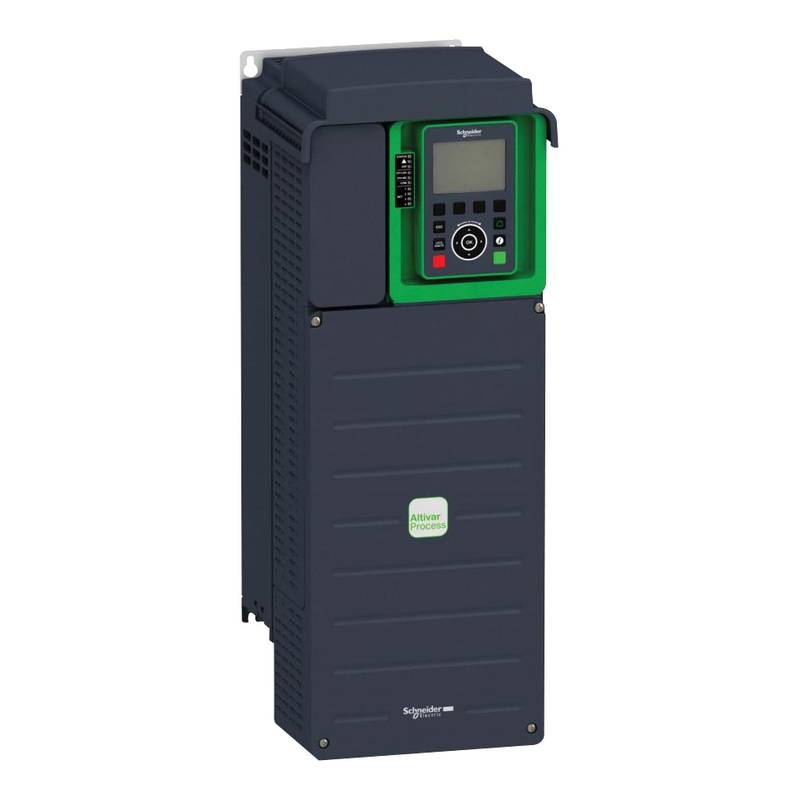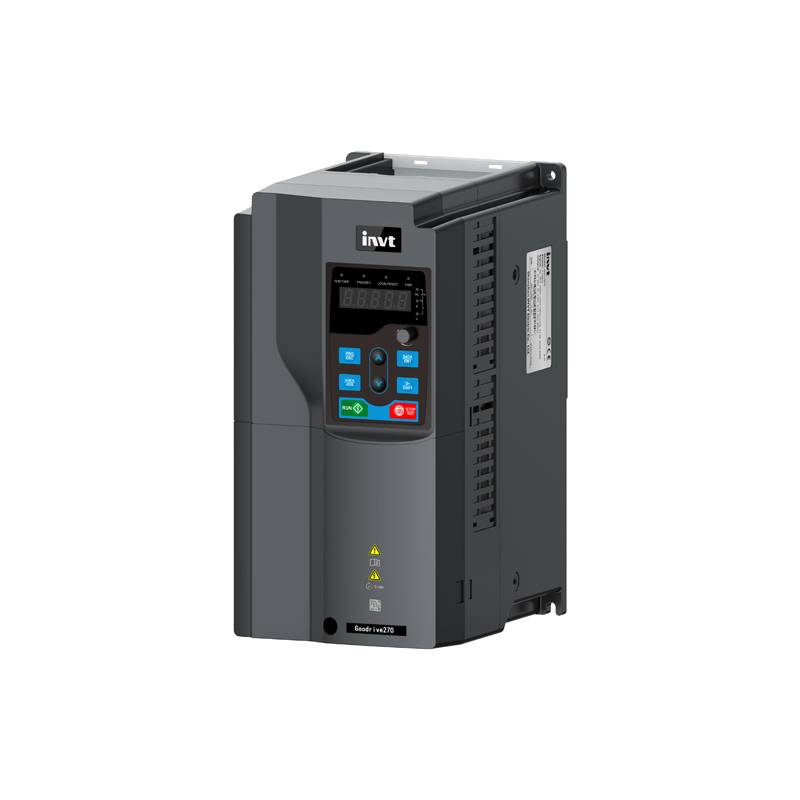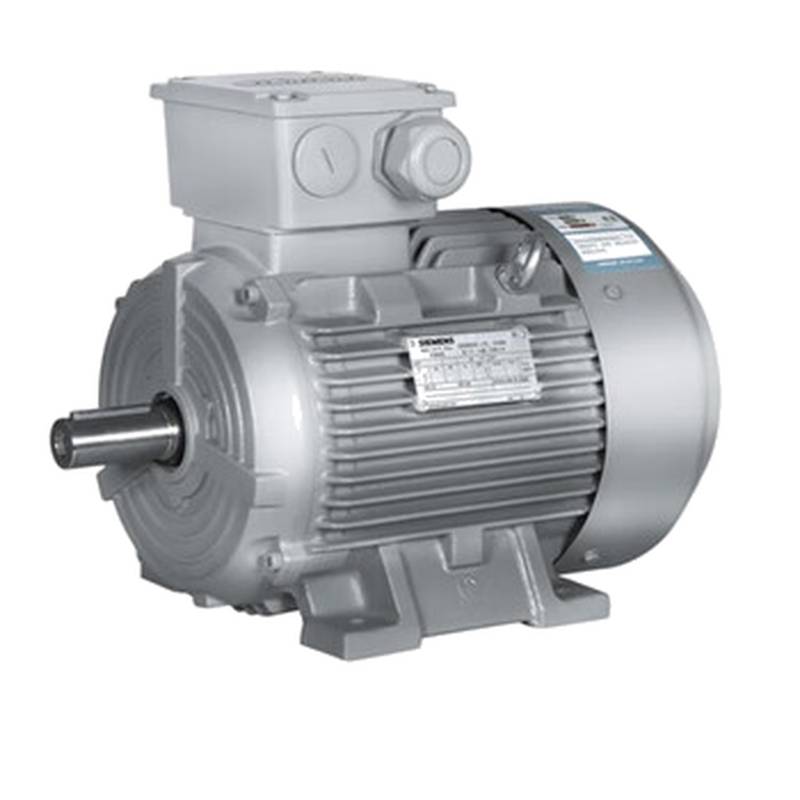
The Delta ECM-B3M-JA1010RS1 High Inertia Servo Motor stands out in demanding industrial automation applications for its robust performance and precise control capabilities. This servo motor is engineered with a high inertia rotor, making it exceptionally well-suited for systems requiring significant momentum and stable operation under load. Its core advantages lie in its ability to deliver smooth, consistent torque, minimize vibration, and maintain precise positioning even with large, heavy loads. Key technical parameters include a rated voltage of 230V, a continuous stall torque of 10.1 Nm, a peak stall torque of 30.3 Nm, and a rated speed of 1500 RPM. With an IP65 protection rating, it offers excellent resistance to dust and water ingress, ensuring reliability in challenging environments.
Core Features & Market Positioning
The ECM-B3M-JA1010RS1 is positioned as a premium solution for applications where high inertia and smooth operation are paramount. Delta's ASDA-B3 series, to which this motor belongs, is recognized for its advanced control algorithms, offering superior dynamic response and vibration suppression compared to standard servo motors. This motor integrates seamlessly with Delta's ASDA-B3 servo drives, forming a cohesive system that maximizes performance. Its high inertia design specifically targets niche applications that traditional servo motors struggle to manage effectively, such as large gantry systems, winding machines, and automated storage and retrieval systems (AS/RS), where maintaining stable motion with substantial mass is critical.
Key Application Scenarios
The Delta ECM-B3M-JA1010RS1 High Inertia Servo Motor is ideally suited for a range of demanding industrial applications. It excels in automated material handling systems, including conveyor belts and robotic arms used in warehouses and manufacturing facilities, where precise and smooth movement of heavy payloads is essential. Packaging machinery, particularly those involving continuous motion and precise registration like baggers and palletizers, benefit significantly from the motor's stable torque output and vibration reduction. Furthermore, its high inertia is advantageous in metal forming equipment, textile machinery, and advanced printing presses that require sustained momentum and consistent speed for high-quality results.
Practical System Integration Guidance
Integrating the Delta ECM-B3M-JA1010RS1 servo motor involves careful consideration of its connection to the Delta ASDA-B3 series servo drive. A standard wiring configuration includes connecting the motor's power and encoder cables to the corresponding ports on the drive. The power cable typically consists of three phases for motor connection, while the encoder cable transmits feedback signals for precise positioning. Ensure proper grounding of both the motor and the drive to prevent electrical noise and ensure safety. For initial setup and commissioning, utilize the Delta Drive's configuration software, often referred to as DOPSoft or similar Delta programming tools, to set motor parameters, tuning the servo loop for optimal performance based on the load characteristics. This includes setting parameters like acceleration/deceleration rates, current limits, and encoder resolution to match the application's requirements.
Operation and Risk Mitigation
Operating the Delta ECM-B3M-JA1010RS1 servo motor requires adherence to safety protocols, especially concerning its high torque and speed capabilities. Always ensure that the motor and connected machinery are properly guarded to prevent operator injury. Before powering up, verify all electrical connections and confirm that the emergency stop circuits are functional. Common troubleshooting may involve checking for overload conditions, which can lead to motor overheating or tripping of the drive's protection circuits. Fault codes displayed on the ASDA-B3 servo drive provide diagnostic information; for instance, an overcurrent fault might indicate mechanical binding or an improperly tuned servo loop, while an encoder error could point to a loose connection or internal encoder issue. Referencing the servo drive's manual is crucial for interpreting specific fault codes and their recommended solutions.
Scalability & Long-Term Value
The Delta ECM-B3M-JA1010RS1 servo motor offers significant long-term value through its compatibility within the Delta automation ecosystem. It integrates seamlessly with other Delta products, such as PLCs and HMIs, facilitating the creation of scalable and comprehensive automation solutions. Future upgrades or expansions of a system can easily incorporate additional ECM-B3M-JA1010RS1 motors or other compatible Delta servo components, maintaining consistency and performance. Its robust construction and Delta's commitment to product reliability contribute to a longer operational lifespan, reducing the total cost of ownership. Furthermore, as industries move towards Industry 4.0, Delta's servo drives and motors are increasingly being designed with connectivity features that enable integration with IIoT platforms for advanced monitoring, diagnostics, and predictive maintenance.
Frequently Asked Questions
What is the primary advantage of a high inertia servo motor like the Delta ECM-B3M-JA1010RS1?
High inertia allows for smoother operation with heavy loads. It helps absorb sudden changes in momentum. This reduces vibrations and improves positional accuracy during acceleration and deceleration.
High inertia motors are ideal for applications requiring sustained torque output. They maintain stable speeds even when encountering external forces. This makes them perfect for winding or unwinding processes.
The Delta ECM-B3M-JA1010RS1 offers superior performance in large, mass-driven systems. Its design ensures consistent operation where standard motors might falter.
How does the Delta ECM-B3M-JA1010RS1 handle environmental challenges?
This motor features an IP65 protection rating. This means it is dust-tight and protected against water jets. It can withstand washdowns and operate reliably in dusty factory environments.
The robust enclosure protects internal components from contaminants. This extends the motor's lifespan and reduces maintenance needs in harsh conditions. It is designed for demanding industrial settings.
The IP65 rating ensures operational continuity. It minimizes downtime caused by environmental factors. This makes it a dependable choice for critical applications.
What are the key technical specifications for the Delta ECM-B3M-JA1010RS1?
The motor operates on a 230V power supply. Its rated speed is 1500 RPM. This provides ample speed for many automation tasks.
It boasts a continuous stall torque of 10.1 Nm. The peak stall torque reaches 30.3 Nm. This high torque capability allows it to handle significant loads.
These specifications confirm its suitability for high-demand applications. They highlight its power and performance characteristics.
Can the Delta ECM-B3M-JA1010RS1 be used with non-Delta servo drives?
While it is designed to work optimally with Delta ASDA-B3 drives, some third-party drives may offer compatibility. This depends on the drive's ability to support the motor's encoder type and power requirements.
Careful review of the third-party drive's specifications is necessary. You must ensure it meets the voltage, current, and feedback signal requirements of the ECM-B3M-JA1010RS1.
Interfacing with non-Delta drives can be complex. It may require custom parameterization and could potentially limit performance. Delta's integrated system offers the most straightforward and reliable operation.
What types of applications are best suited for this high inertia servo motor?
It's ideal for applications involving heavy payloads and smooth motion profiles. Examples include large robotic arms, automated gantry systems, and AS/RS.
Machines requiring stable, continuous torque, such as winding and unwinding equipment, also benefit greatly. This includes textile machinery and paper processing machines.
Any system where maintaining momentum and minimizing vibration under load is critical is a good candidate. This ensures precise and consistent operation.
How do I connect the Delta ECM-B3M-JA1010RS1 motor to its servo drive?
Connect the motor's power cable (typically 3-phase) to the drive's motor output terminals. Ensure correct phasing for proper rotation direction. Refer to the drive's manual for terminal identification.
Connect the motor's encoder cable to the corresponding encoder input on the servo drive. This cable transmits position feedback for closed-loop control. Ensure a secure connection to avoid signal loss.
Always consult the specific Delta ASDA-B3 servo drive manual for detailed wiring diagrams. Proper grounding of both the motor and drive is crucial for safety and performance.
What is the purpose of the high inertia rotor in the ECM-B3M-JA1010RS1?
A high inertia rotor provides greater rotational momentum. This allows the motor to resist changes in speed more effectively. It's crucial for maintaining smooth operation with large, heavy loads.
This design helps to dampen vibrations and oscillations. It ensures a stable and consistent output torque, especially during acceleration and deceleration phases. This leads to more precise and controlled movements.
The high inertia is particularly beneficial in applications where the load's mass is significant. It prevents jerky movements and allows for more fluid and predictable system dynamics.
What are common troubleshooting steps for the Delta ECM-B3M-JA1010RS1?
Begin by checking for mechanical obstructions or binding in the connected load. Overloads can cause excessive current draw, tripping the servo drive's protection. Also, verify that the motor and drive are correctly wired and grounded.
Review the servo drive's fault codes for specific error messages. Consult the drive's manual to interpret these codes. Common faults include overcurrent, encoder errors, or over-temperature conditions.
Ensure that the servo motor parameters are correctly configured in the drive. Incorrect tuning or parameter settings can lead to instability or poor performance. Re-tune the servo loop if necessary after addressing any mechanical issues.
How does this motor contribute to system efficiency and reliability?
Its high efficiency design minimizes energy consumption. The stable performance reduces wear and tear on connected machinery. This leads to lower maintenance costs and increased uptime.
The robust construction and IP65 rating ensure longevity in demanding environments. This reliability is critical for uninterrupted production processes.
By providing precise and consistent motion control, it enhances product quality. This reduces scrap rates and improves overall operational effectiveness.
What are the benefits of using Delta's integrated servo system with this motor?
Using Delta's ASDA-B3 servo drive ensures optimal performance and compatibility. The system is designed to work harmoniously, maximizing control precision and response time.
Integration simplifies setup and commissioning. Delta's software tools facilitate easy configuration and tuning. This reduces engineering effort and speeds up deployment.
This cohesive approach ensures reliable operation and easier troubleshooting. It provides access to Delta's technical support for the entire system.
















